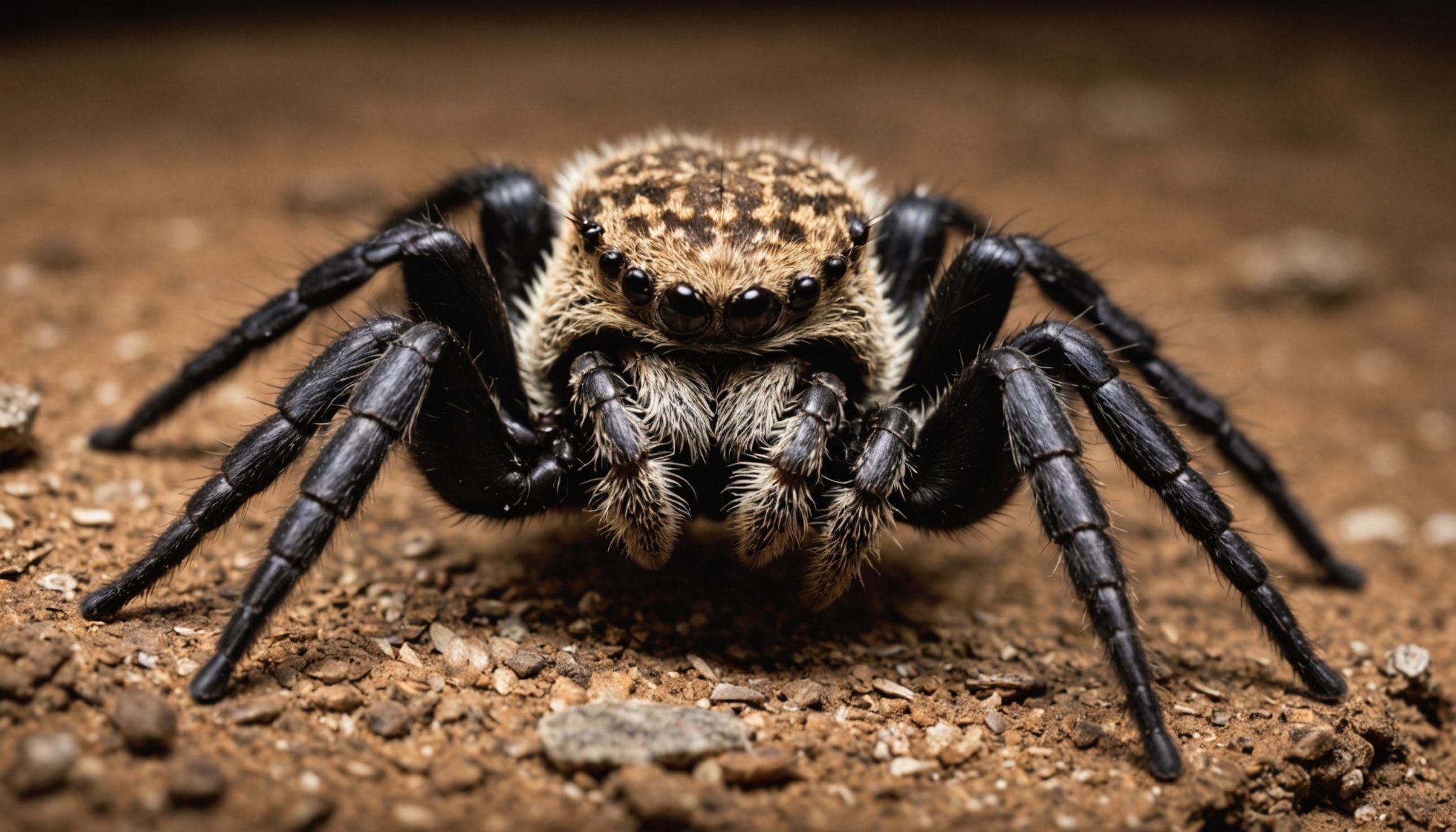Tarantulas are fascinating creatures that can be incredible pets for those willing to understand their needs. Providing a suitable environment goes beyond just the basic requirements; it involves creating a habitat that mimics their natural surroundings. By enriching your tarantula’s enclosure, you can enhance their health and well-being, which ultimately leads to a more rewarding experience for both you and your pet. This article will explore various strategies to enrich the habitat of your tarantula, focusing on substrate, humidity, and overall environmental conditions.
Understanding Your Tarantula’s Natural Habitat
To enrich the habitat of your pet tarantula, you must first understand their natural habitat. Different species of tarantulas originate from diverse regions, each with unique environmental characteristics. For instance, some tarantulas hail from tropical rainforests, while others thrive in arid deserts or grasslands. Knowing this helps you recreate a suitable environment.
Also to discover : Identifying dehydration in pet birds: essential signs and proven prevention techniques
When you consider the humidity levels, soil composition, and available shelter in the wild, it’s evident that your tarantula deserves an enclosure that reflects these elements. Tarantulas prefer a level of humidity that closely matches their species’ natural conditions, and the right substrate plays a significant role in maintaining this. For example, rainforest species typically require higher humidity and a more moist substrate, whereas desert species need drier conditions.
Beyond humidity, it’s essential to consider the type of materials you use in your tarantula’s enclosure. Natural decor such as cork bark, leaf litter, and live plants can provide necessary hiding spots, satisfying their instinctual need for security. In addition to providing a safe place to retreat, these elements also enhance the visual appeal of the enclosure, making it more interesting for you to observe your pet. Always remember that every species will have specific requirements, so research your tarantula’s origins to create the best habitat possible.
Additional reading : Ultimate guide to crafting your ideal tropical betta fish aquarium: must-know factors for success
Choosing the Right Substrate for Your Tarantula
Selecting the appropriate substrate is a fundamental step in enriching your tarantula’s habitat. The substrate should not only provide comfort but also help maintain the right humidity levels. The choice of material will depend on your tarantula’s natural habitat. For example, peat moss is an excellent choice for species from humid environments due to its moisture-retaining properties. Conversely, sandy substrates can be beneficial for desert species that require drier conditions.
When using substrate, it’s essential to layer it appropriately. A deeper substrate allows your tarantula to dig, which is a natural behavior for many species. Tarantulas enjoy burrowing, and this activity can significantly reduce stress, contributing to their overall well-being. A depth of at least 2-3 times the size of your tarantula is often recommended. Additionally, ensure that the substrate is clean, free from pesticides, and safe for your pet to interact with.
Incorporating a variety of substrate types can also add diversity to the enclosure. Mixing coco fiber with leaf litter or sand can create a more dynamic environment that mimics the natural habitat. This combination not only looks appealing but can also help manage humidity levels more effectively. When the substrate is moist, it can evaporate and increase the ambient humidity in the enclosure, which is particularly beneficial for tarantulas from humid climates.
Maintaining Proper Humidity and Water Sources
Maintaining the right humidity level is crucial for the health of your pet tarantula. A well-hydrated tarantula is more likely to thrive and exhibit healthy behaviors. To ensure proper humidity, you should monitor the enclosure closely and adjust as necessary. Most tarantulas thrive in environments with a humidity range of 60-80%, though this can vary by species.
One effective way to maintain proper humidity is by providing a shallow water dish. The dish should be large enough for your tarantula to drink from but not so large that it poses a drowning hazard. It’s important to change the water regularly to avoid contamination. Additionally, misting the enclosure lightly a couple of times a week can help maintain moisture levels. However, be cautious not to over-mist the enclosure, as excessive moisture can lead to mold growth and other health issues.
You may also consider adding live plants that thrive in high humidity environments. Not only do these plants help maintain moisture, but they also provide additional hiding spaces and enrich the habitat aesthetically. Plants like pothos or ferns can work well in a tarantula enclosure, provided they are non-toxic and safe for your spider. By incorporating these elements, you create a more balanced and dynamic environment that closely resembles their natural habitat.
Enrichment Through Hiding Places and Climbing Structures
An enriched habitat should provide your tarantula with various hiding places and climbing structures. Tarantulas are inherently secretive creatures, and providing adequate cover allows them to feel secure. Use items like cork bark, coconut huts, and even commercially available hideouts to create sheltered areas within your tarantula’s enclosure.
In addition to hiding spots, incorporating climbing structures can significantly enhance the environment of your pet tarantula. Many species enjoy climbing and exploring different levels within their enclosure. You can use branches, rocks, or artificial decorations to create vertical space for your spider. Just ensure that any materials used are safe and securely placed to avoid collapses that could injure your tarantula.
Rotating these items from time to time can also keep your tarantula’s habitat interesting and stimulating. A change in scenery may encourage exploration and help alleviate boredom. Tarantulas are less likely to show signs of stress when they have an engaging habitat to explore. Implementing both hiding places and climbing opportunities will contribute to your pet’s overall health and happiness.
In conclusion, enriching the habitat of your pet tarantula is vital for ensuring their health and happiness. By understanding their natural habitat and providing the right substrate, proper humidity, and stimulating environments, you create a thriving ecosystem for your spider. Remember to observe your tarantula closely, as they will often indicate their comfort levels through their behavior. Every species has unique needs, so tailor your approach to suit your specific tarantula. By doing so, you will enjoy a rewarding relationship with your pet while fostering a well-rounded environment that promotes their natural instincts.











